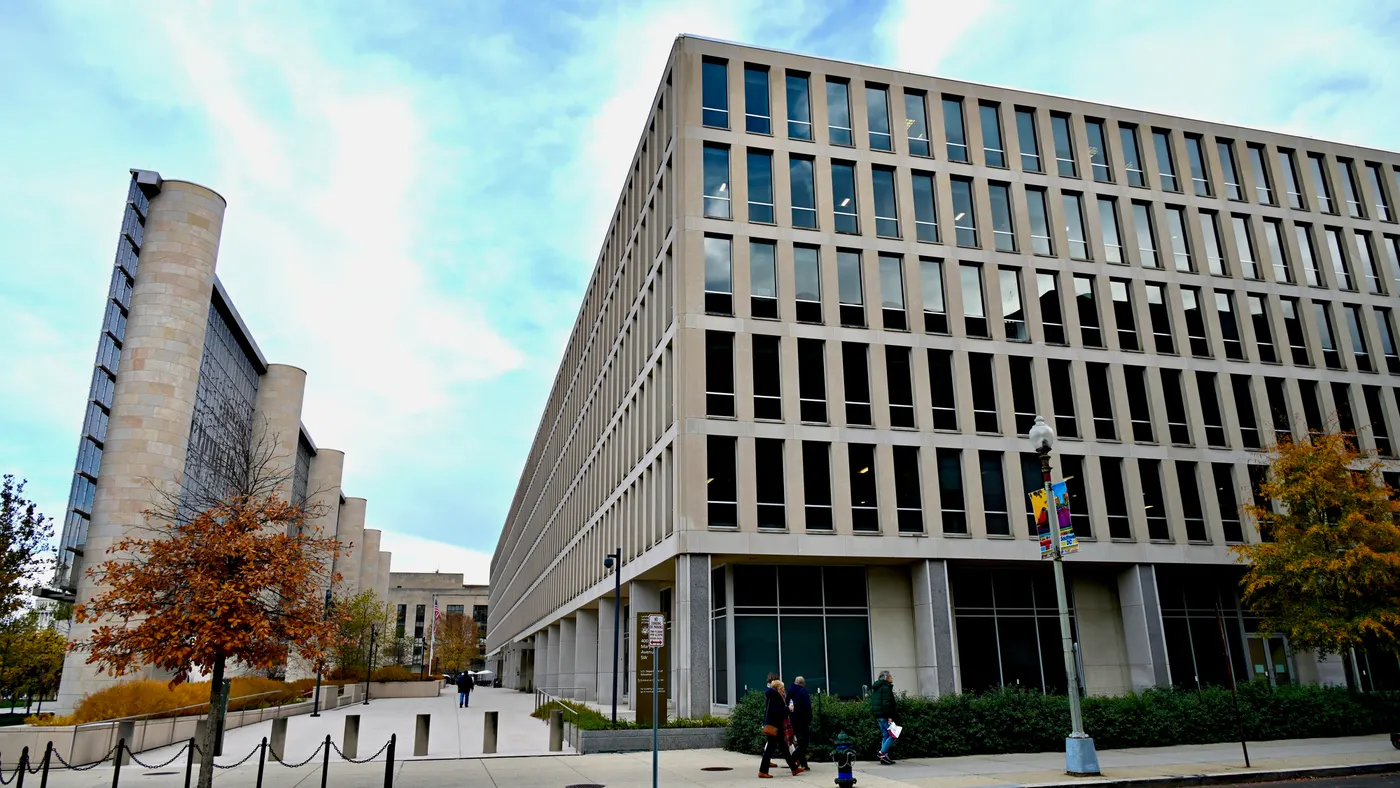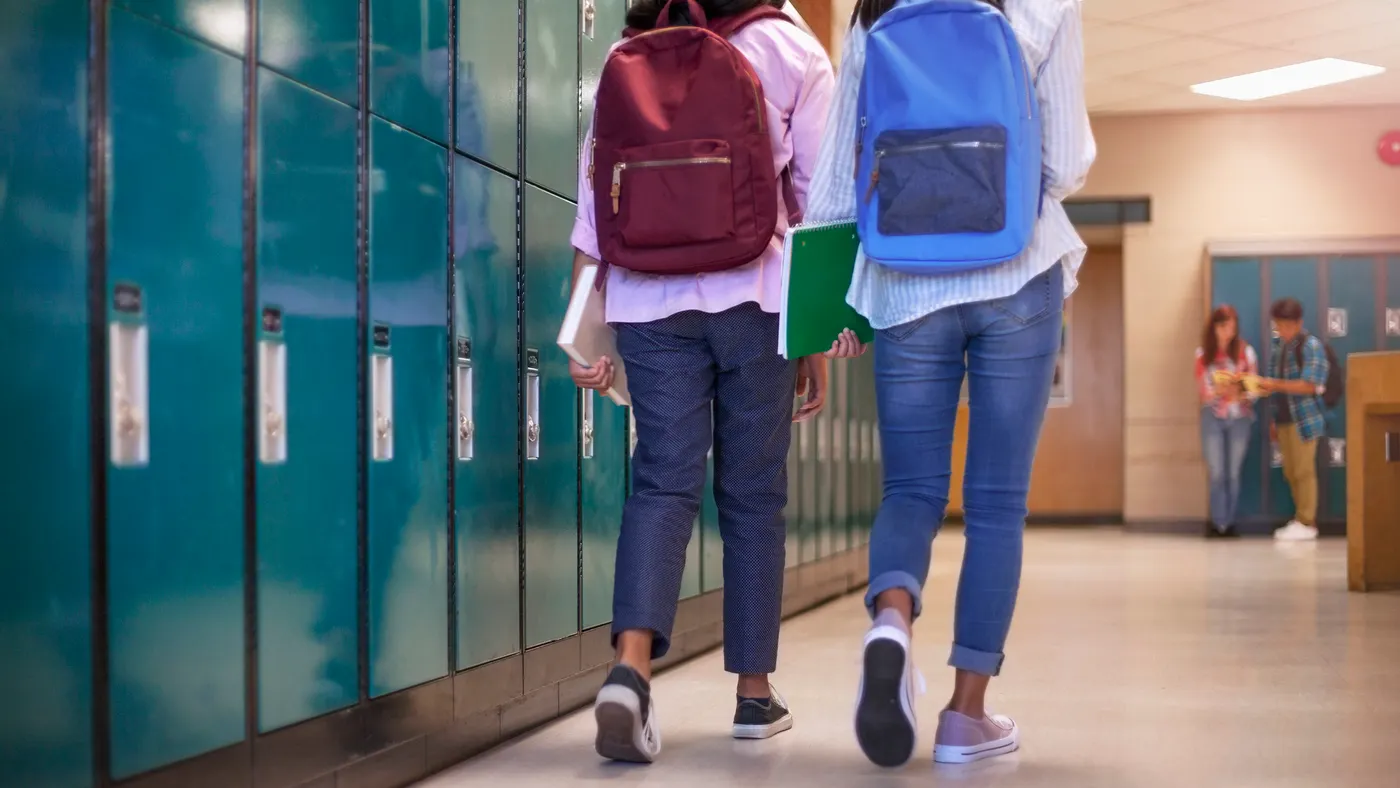
Federal judge strikes down Biden administration’s Title IX rule nationwide
A federal judge on Jan. 9 struck down the Biden administration’s Title IX rule nationwide, declaring that the regulations violated the Constitution.
The rule, released last April, offered protections for the first time for LGBTQI+ students and employees at federally funded schools and colleges, including by prohibiting discrimination based on gender identity and sexual orientation. But the rule quickly drew legal challenges. Courts blocked the regulations in at least 26 states before the Jan. 9 decision vacated the rule altogether.
Tennessee Attorney General Jonathan Skrmetti, who was among the attorneys general who challenged the rule, immediately praised the decision by the U.S. District Court for the Eastern District of Kentucky.
“The court’s ruling is yet another repudiation of the Biden administration’s relentless push to impose a radical gender ideology through unconstitutional and illegal rulemaking,” Skrmetti said in a statement. “Because the Biden rule is vacated altogether, President Trump will be free to take a fresh look at our Title IX regulations when he returns to office next week.”
Praise and disappointment
Those opposed to the rule celebrated its demise, saying the rewrite would have allowed biological males to compete against women and girls and threaten their safety.
“From its first day in office, the Biden-Harris administration tried to unilaterally rewrite the legal definition of womanhood to include biological males," said House Education and Workforce Committee Chairman Tim Walberg, R-Mich., in a statement. "I am proud to support Title IX and the women who fought to defend it — today marks an enormous win for women and girls across America.”
"The Court standing up for parents rights is AMAZING," wrote Moms for Liberty co-founder Tiffany Justice on X. "The US Constitution Matters and no federal law can compel the speech of pronouns in support of gender ideology nonsense in public school - K-12 or colleges."
Those supportive of the rule's intent to provide protections for students vulnerable to discrimination were disappointed with the decision.
"The Biden administration’s Title IX rule is essential to ensure that all students — including survivors of sexual assault and harassment, pregnant and parenting students, and LGBTQI+ students—are able to learn in a safe and welcoming environment," said Fatima Goss Graves, president and CEO of the National Women’s Law Center, in a statement.
U.S. Secretary Miguel Cardona told K-12 Dive on Jan. 10 he was disappointed by the ruling.
"We really pushed for better protection on college campuses for victims of sexual violence, and we have some judge out of Tennessee — who's probably looking to make a name for themselves — blocking it for the whole country," Cardona said. The rule "was going to make sure that all students were respected and honored. I think we're taking steps backwards when we are lessening protections for students."
What can schools do now?
Brett Sokolow, president of the Association of Title IX Administrators, said in an emailed statement that the court’s language on this nationwide impact could have been clearer. The decision may face appeal by the Biden administration, but that move would likely be withdrawn by the incoming Trump administration.
The previous Title IX rule was issued under the first Trump administration in 2020. The Biden administration sought changes to the rule beginning in June 2022, when it released proposed rules that expand the breadth of Title IX reports that schools would be required to investigate and shorten Title IX procedural timelines. It also sought to protect LGBTQ+ students under the anti-sex discrimination law.
A separate Biden administration proposed rule that would have extended Title IX protections to transgender student athletes was withdrawn by the Education Department in December.
Regarding the court's decision on the broader Title IX rule, ATIXA interprets the ruling to be a universal order applying to all states, but there are "many unsettled legal questions surrounding this," the organization said.
The questions include whether schools previously subject to the 2024 Biden administration regulations with complaints that fall between Aug. 1, 2024, and Jan. 9 should apply the 2024 rule to those complaints. That could include both current and closed cases.
For ongoing cases, the other question is whether schools need to change course and revert to applying the 2020 rule. "Switching procedures mid-complaint would surely be disruptive, however the Kentucky court explicitly stated in its ruling that, '…vacatur of the Final Rule is not likely to have a disruptive effect.' That leaves you with needing to consult legal counsel on these important timing questions," Sokolow said.
Another consideration is whether the decision marking the 2024 rule unlawful means schools never had to comply. "As a result of this order, ED [the Education Department] logically cannot enforce the invalidated 2024 Regs now against any school, as there are no 2024 Regs on the books for it to enforce," said Sokolow, advising schools again to consult with lawyers.
Locally, the question arises if Title IX findings, using the 2024 rule, are valid. "We think it is reasonable to assume that some respondents will use this ruling to file lawsuits challenging adverse findings made against them under the 2024 Regs, arguing that unlawful rules cannot yield lawful results," Sokolow said.












